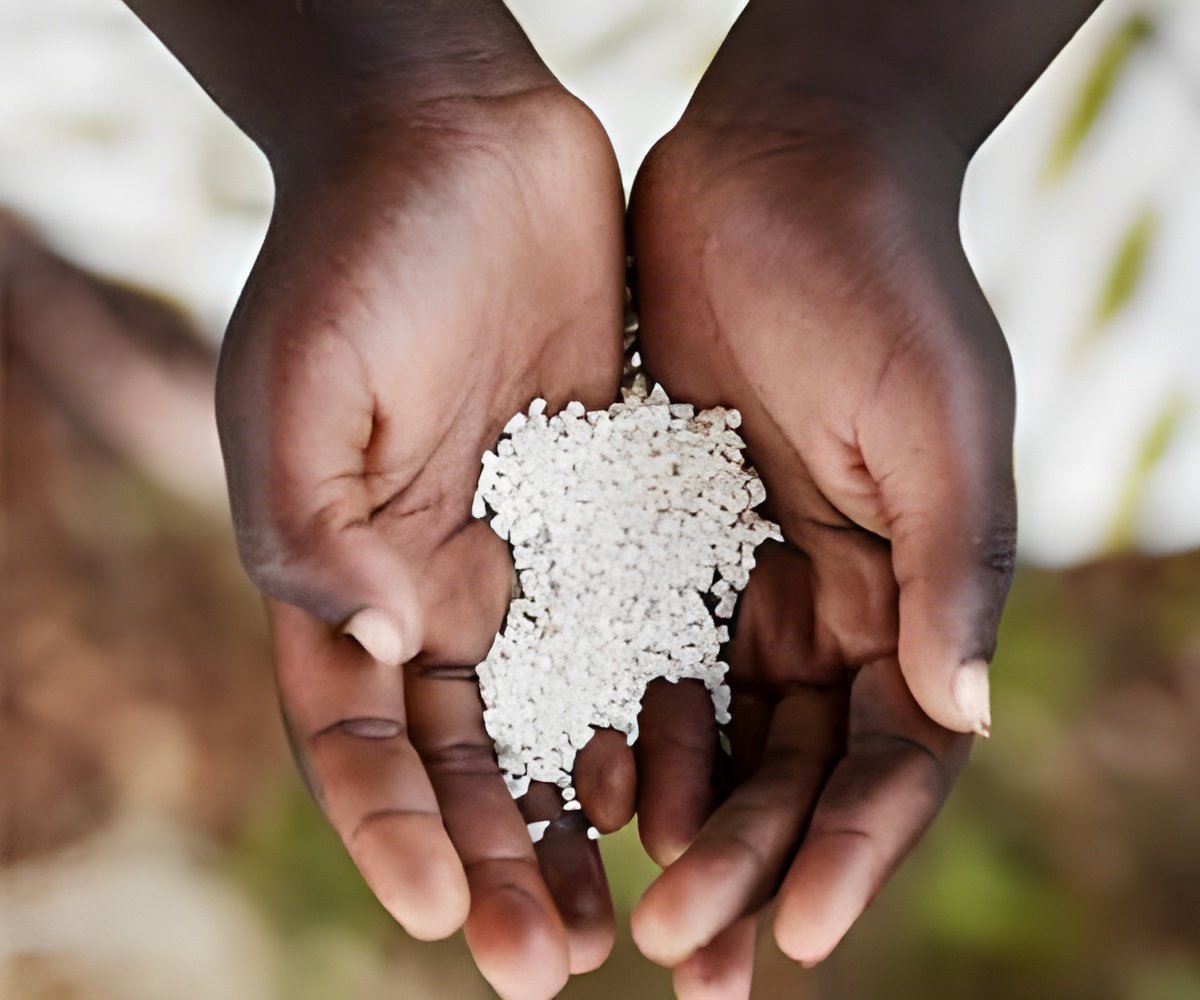
‘The number of people affected by food crises is still on the rise. Therefore, it is important to implement effective preventive strategies for addressing the root causes of hunger, empowering women, nourishing and educating children, improving rural infrastructure and reinforcing social safety-nets to save millions of lives and have a hunger-free world.’
Tweet it Now
The 2019 Global Report on Food Crises, a product of the Global Network against Food Crises, was presented jointly by the European Union, the Food and Agriculture Organization of the United Nations (FAO), and the UN World Food Programme (WFP) at a high level event dedicated to food & agriculture in times of crisis.The conference, taking place on 2-3 April 2019 in Brussels, will look at innovative approaches and solutions for preventing and addressing food crises, plus a roadmap for joint future action.
Countries in Africa Remained Disproportionally Affected by Food Insecurity
According to the report, the worst food crises in 2018, in order of severity, were in: Yemen, the Democratic Republic of the Congo (DRC), Afghanistan, Ethiopia, the Syrian Arab Republic, Sudan, South Sudan and northern Nigeria.
These eight countries accounted for two-thirds of the total number of people facing acute food insecurity - amounting to nearly 72 million people.
Advertisement
The figure of 113 million people represents a slight improvement over the number for 2017 presented in last year's report, in which an estimated 124 million people in 51 countries faced acute hunger.
Advertisement
A number of highly exposed countries did not experience the intensity of climate-related shocks and stressors that they had experienced in 2017 when they variously faced a severe drought, flooding, erratic rains and temperature rises brought on by the El Niño of 2015-16.
These include countries in southern and eastern Africa, the Horn of Africa, Latin America and the Caribbean, and the Asia-Pacific region.
An additional 142 million people in a subset of 42 countries were found to be living in Stressed conditions on the cusp of severe hunger (IPC/CH Phase 2).
They risked slipping into Crisis or worse (IPC/CH Phase 3 or above) if faced with a shock or stressor.
Acute and Chronic Malnutrition in Children Persists
High levels of acute and chronic malnutrition in children living in emergency conditions remained of grave concern.
The immediate drivers of undernutrition include poor dietary intake and disease.
Mothers and caregivers often face challenges in providing children with the nutrients they need at critical growth periods in food crises.
This is reflected in the dismally low number of children consuming a minimum acceptable diet in most of the countries profiled in this report.
Disease outbreaks were also widespread in many of these contexts as a result of poor sanitation and hygiene and the limited capacity response of trained healthy systems.
Primary Drivers - Conflict and Insecurity, Followed by Climate and Natural Disasters
Conflict and insecurity remained the key driver of food crises in 2018. Some 74 million people, over the half of those facing acute hunger, were located in 21 countries affected by conflict or insecurity.
Around 33 million of these people were in 10 countries in Africa; over 27 million were in seven countries in Western Asia and the Middle East; 13 million were in three countries in South and South-east Asia and 1.1 million in Eastern Europe.
Climate and natural disasters pushed another 28 million people into situations of acute food insecurity in 2018.
As in previous years, most of these individuals were in Africa, where nearly 23 million people in 20 countries were acutely food insecure due to climate shocks.
Economic shocks were the primary driver of acute food insecurity for 10.2 million people, mainly in Sudan, Burundi and Zimbabwe.
Food Insecurity: Short-term Outlook for 2019
Yemen, the Democratic Republic of the Congo, Afghanistan, Ethiopia, the Syrian Arab Republic, Sudan, South Sudan, and northern Nigeria are expected to remain among the world's most severe food crises in 2019.
Large segments of populations in most of these countries risk falling into Emergency (IPC/CH Phase 4) levels of acute food insecurity if no action is taken.
Climate shocks and conflict will continue driving food insecurity and are expected to severely affect several regions.
The flooding due to cyclone Idai that followed a rather dry weather in parts of Southern Africa is compounding the already fragile food security in the region.
The drought in Central America's Dry Corridor has dampened prospects for agricultural output, and probable El Niño conditions are likely to have an impact on agricultural production and food prices in Central America and the Caribbean.
The needs of refugees and migrants in host countries are expected to remain significant, namely in Bangladesh and in countries hosting Syrian refugees as well as for displaced populations in South Sudan, DRC, Central African Republic and Somalia.
The number of people who are displaced, refugees and migrants are expected to increase if the political and economic crisis persists in Venezuela.
The Way Forward - Tackling the Root Causes
The authors of the report put ending conflicts, empowering women, nourishing and educating children, improving rural infrastructure and reinforcing social safety-nets as essential for a resilient, stable and hunger-free world.
In the last ten years, humanitarian assistance and spending needs have grown by almost 130 percent, with only approximately 40 percent covering needs in the food and agriculture subsectors.
The surge in humanitarian needs, as well as the potential for agricultural development and rural resilience-building to provide a buffer against crises - highlights the need for a new way of responding to the food security challenges.
The authors of the report point to the need for simultaneous action across the humanitarian-development nexus, such as investments in conflict prevention and sustaining peace, which will result in saving lives and livelihoods, reducing structural vulnerabilities and addressing the root causes of hunger.
Source-Eurekalert















